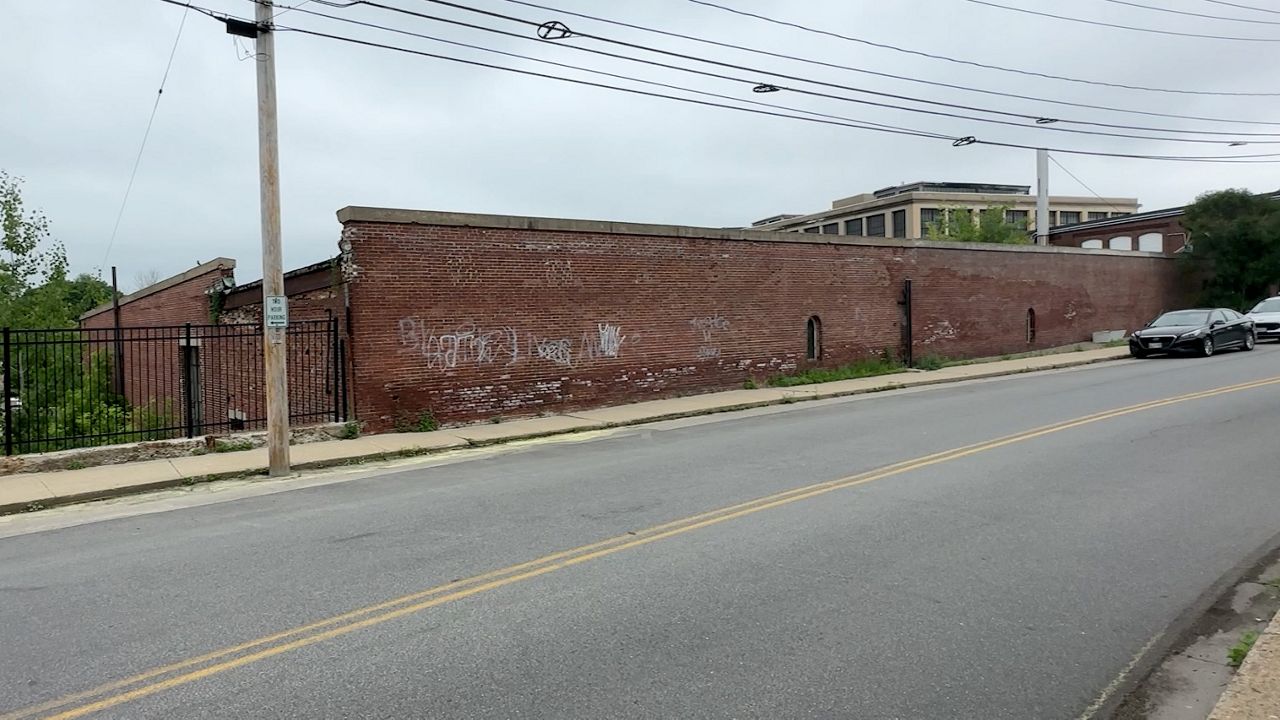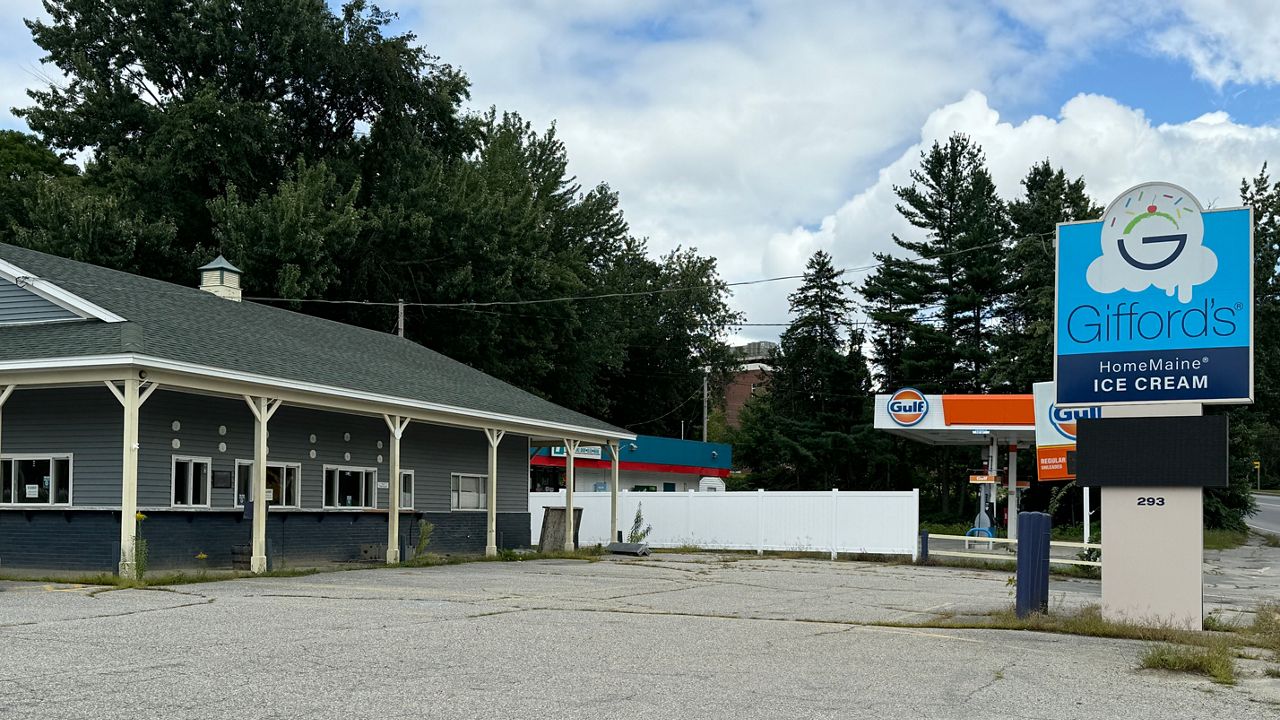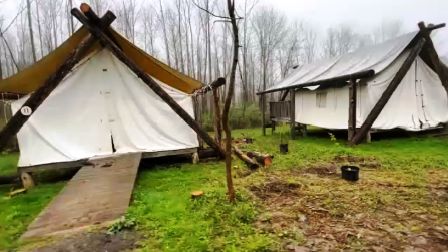The U.S. Environmental Protection Agency has awarded the city of Sanford a $5 million grant to clean up and demolish a condemned building in the mill district.
The work, likely to begin in early 2025, is the latest in efforts to clean up and renovate the district. The EPA is also giving the city $500,000 to assess future development of other buildings and lots.
Both grants come from the EPA’s Brownfields program, which distributes funds to clean up properties that have potential to be repurposed but can’t because of hazardous contamination.
Sanford’s Mill District covers roughly 30 acres of industrial buildings clustered along the Mousam River, within walking distance of Sanford City Hall. It has been home to a series of mill complexes that produced mostly textiles for more than a century.
City Manager Steven Buck estimated the last actual textile mill closed in the area in the 1950s.
“In this mill district that we’re looking at now, there were thousands of jobs,” Buck said. “The economy was chugging, (but) economics dictated that their product was no longer needed, or could be done more cost-effectively overseas, or whatever those market forces were, and then bang! The industry’s gone overnight.”
Since then, the buildings have been separated into different lots, but some remain connected. Today, it is difficult to say how many separate structures still exist. Most of them were constructed long before modern planning or code enforcement.
Today, the buildings have eight separate owners, some of whom have maintained or upgraded their buildings in some way.
“They’re in different states of use, and different states of usability,” said Keith McBride, executive director of the Sanford Regional Economic Growth Council.
Many buildings have been cleaned up in the past, and repurposed into storage, parking lots and housing.
Others, however, have fallen into disrepair, a consequence of what Buck referred to as “the cost of our industrialized past.”
The building the grant is paying to clean up is one of those properties. Referred to as the “boiler house,” it is a brick structure along Pioneer Avenue that used to provide heat to the nearby International Woolen Mill.
Buck said the building used to burn coal, and later oil, to provide steam heat. Inside the building, he said, are three boilers that are “completely entombed in asbestos.”
That means, Buck said, the building can’t simply be torn down, despite a collapsing smokestack. Safely removing asbestos and demolition will cost nearly all of the $5 million grant.
The building was owned by Regco, Inc. Buck said the city exhausted all avenues, including taking the owner to court, before finally taking possession of the boiler building by condemning it.
Now, city officials want to remove it and replace it with a 60-space parking lot.
Buck and McBride both said there’s a demand for more parking in the area. With more development expected, potentially including a new housing complex, demand for parking will only increase.
“There’s a need that exists today for additional parking and thinking about the future, thinking about the potential for development in this area, it’s going to be an asset when we start to see those future projects take place,” McBride said.








